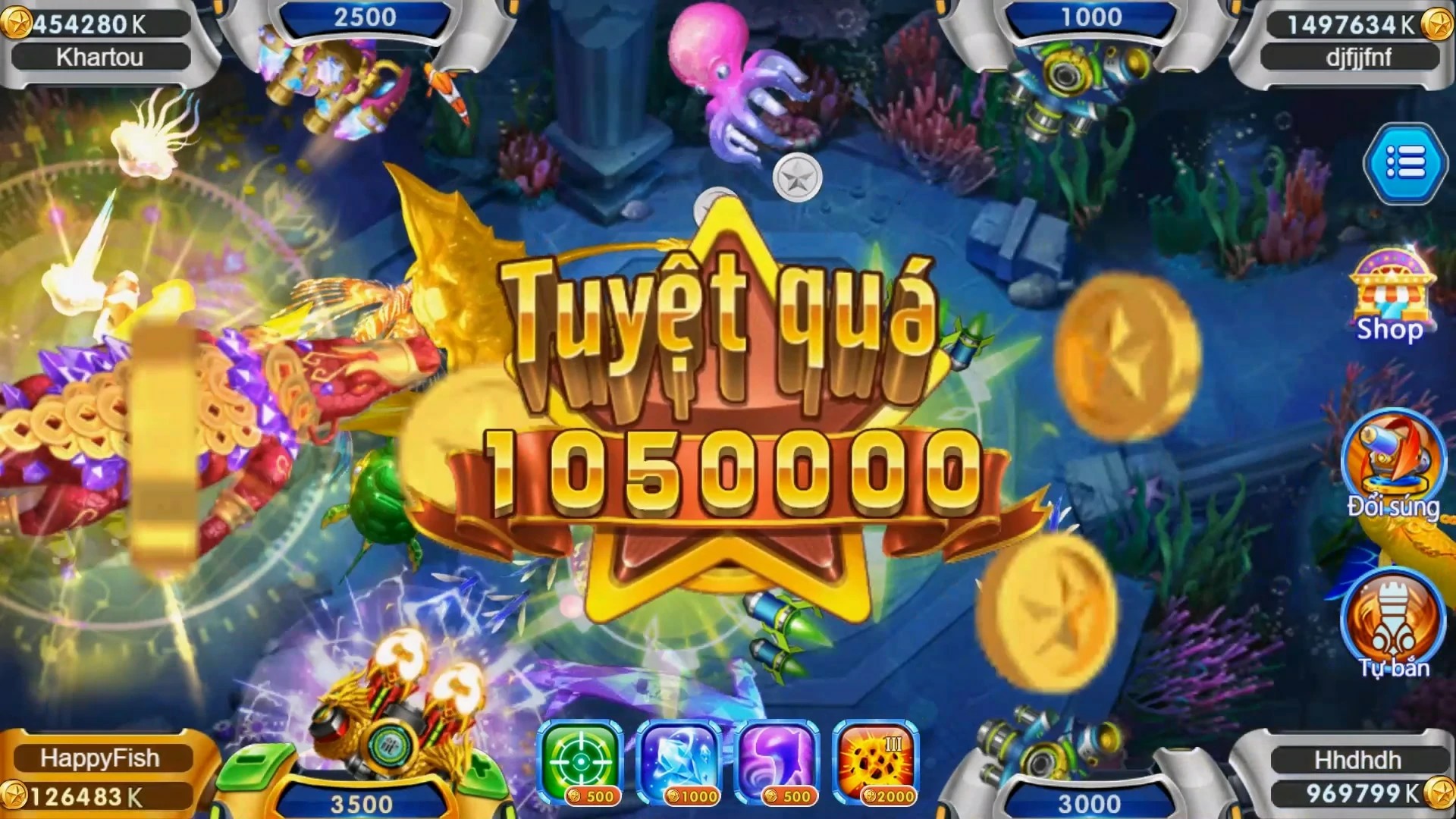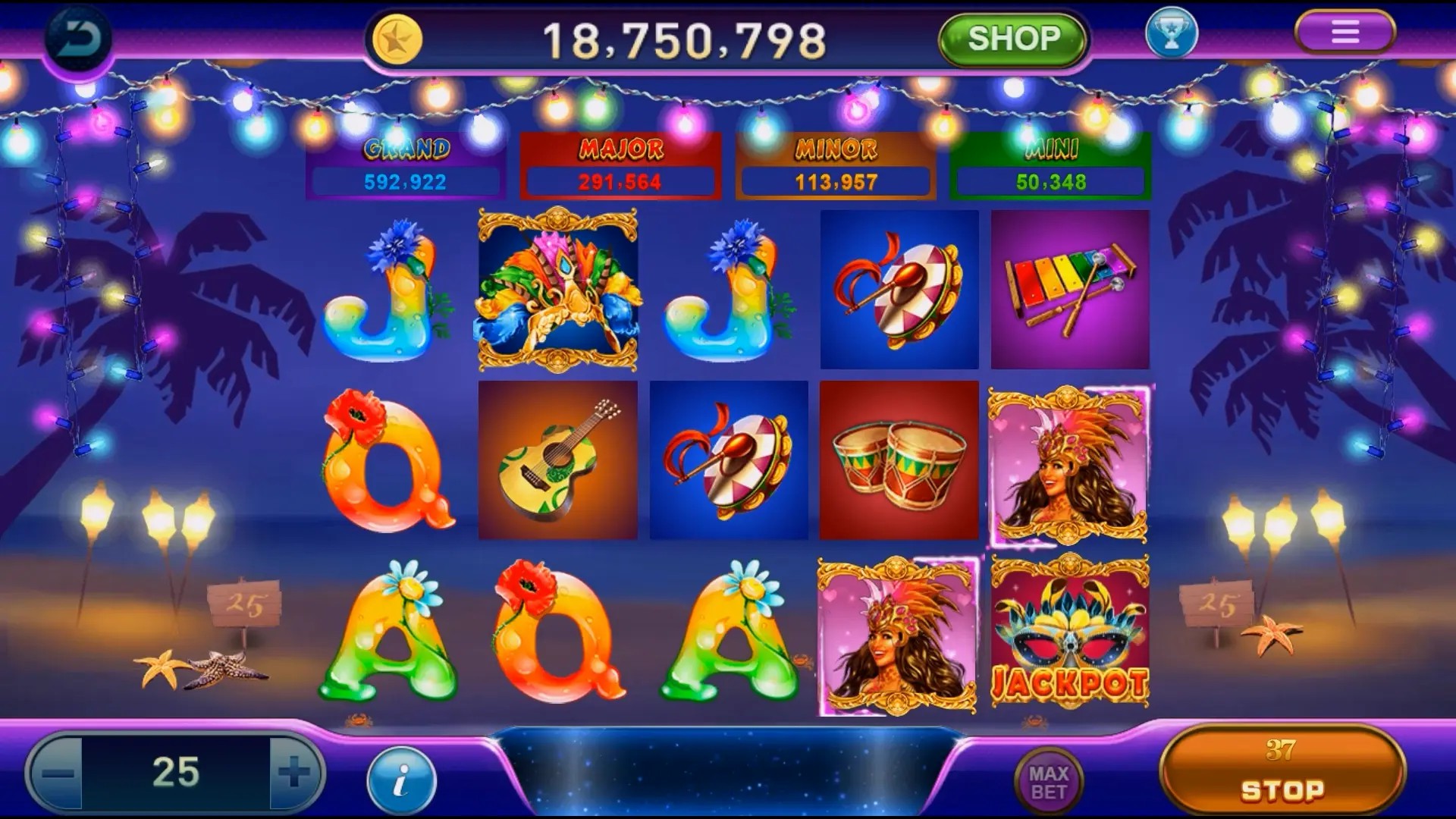Why Idle Games Are Revolutionizing the City Building Games Genre
In the gaming world, new genres burst onto the scene at lightning speed, and lately, idle games have turned heads, especially in the city building games category. What is the reason behind this revolution? This article takes a deep dive into the mechanics, appeal, and market impact of idle games, particularly how they are transforming traditional city building games.
Understanding Idle Games
Idle games, also known as incremental games, are a sub-genre of video games where players invest minimal effort to achieve progress. The charm of these games lies in their ability to continue generating resources or achieving goals even when the player is not actively participating. Think of them as a virtual garden; you plant the seeds, and while you may not be watering them every minute, they still grow!
The Mechanics of City Building Games
City building games challenge players to design, develop, and manage virtual cities. Players must consider various factors such as population, economy, infrastructure, and event management. These games have traditionally required substantial time investment to advance, which can lead to player burnout.
Why Idle Games Fit Perfectly in City Building
Idle games introduce a new way to experience city building without the constant pressure to be engaged. Here are a few points that explain why idle mechanics align well with city building:
- Resource Management: City builders often require ongoing resource management, a perfect fit for idle game mechanics.
- Long-Term Goals: Players love setting long-term goals, and idle games allow these aspirations to unfold over time.
- Less Time Commitment: Many players can't commit to hours of gameplay; idle games allow for satisfying play without the need for constant interaction.
The Rise of Hybrid Models
As more developers recognize the potential of combining idle mechanics with city building elements, we’re witnessing the rise of hybrid models. These games allow for deeper strategic layers while still providing the pleasure of passive growth. Players can manage their cities while they go about their daily lives, reaping rewards every time they log back in.
Market Trends and User Engagement
The mobile gaming market has seen a surge in idle games. According to recent reports, idle games constituted around 15% of all mobile game downloads in 2023. Players are drawn to their simplicity and satisfying feedback loops. This is where city building meets idle—creating a soothing cycle of development that keeps users engaged without over-demanding their time.
How Idle Games Enhance the Experience
Here’s how incorporating idle mechanics enhances traditional city building games:
| Feature | Traditional City Building | Idle City Building |
|---|---|---|
| Time Investment | High | Low |
| Active Play | Constantly Required | Not Required |
| Progress Speed | Slow | Accelerated |
| Player Retention | Lower | Higher |
Overcoming Player Burnout with Idle Mechanics
Player fatigue is a well-known challenge within city building games. The gradual pace and regular micromanagement demands can deter players from sticking with the game. By introducing idle mechanics, developers can nurture engagement with fewer demands on players’ time. Through passive gameplay, players can engage with their city at their own pace, reinforcing the enjoyment of the game.
Innovative Gameplay Features
Idle city building games often incorporate creative features to enhance the gaming experience:
- Progression Systems: Players can unlock new buildings or upgrades automatically.
- Event Driven Upgrades: Seasonal or timed events that grant bonuses, encouraging players to return.
- Interactive Elements: While mostly passive, players may still engage in activities to boost growth or gather resources.
Challenges from Popular Titles
While the rise of idle city games continues, popular titles such as *SimCity* and *Cities: Skylines* pose a challenge due to their established player base. These traditional games have set high expectations. But can idle mechanics still carve out a place in the hearts of gamers? Players are increasingly looking for games that make room for casual play without sacrificing depth.
Fan Engagement and Communities
The idle gaming community thrives on social interaction. Players often exchange tips and tricks on forums or social media platforms, enhancing their enjoyment of the game. Games that layer social features into idle frameworks stimulate player loyalty, contributing to steady growth in the community.
The Future of Idle City Building Games
As we look to the future, it's evident that idle games are not merely a fad. They provide an innovative twist to classic genres, allowing players to enjoy these designs in ways that suit their lifestyles. Whether through automated progression or engaging mechanics, the blend of idle games with city building signals an exciting evolution in gaming.
Conclusion
In conclusion, idle games are not just changing the game; they are revolutionizing the city building genre. By blending simplicity with depth, they have made strategic gameplay accessible to a broader audience. As developers continue to innovate, players can look forward to even more fulfilling experiences that honor both the traditional and idle game frameworks. The future is bright for city building games, thanks to the advent of idle gameplay mechanics!



